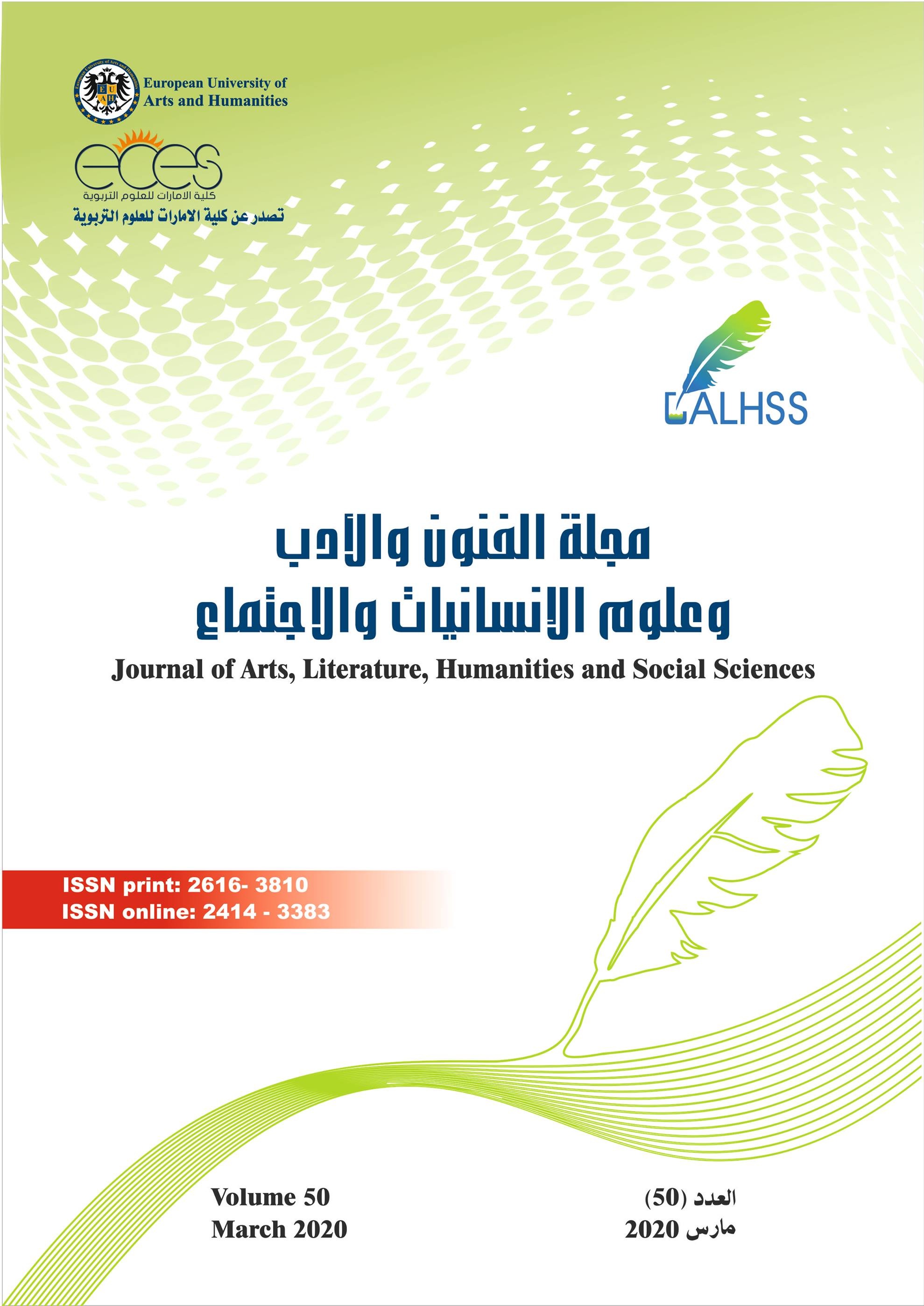The Proportional Presentation of Population in Al-Qadisiyah Governorate in Iraq Using Choropleth Map
Abstract
The proportional distribution method that uses relative shading or gradient shading is the instrument of human geography. This is represented by quantitative estimation according to quantity in each statistical survey unit. This type of map (known as the Choropleth maps) .In this study, the geographic information systems program and the Excel program were used to produce the Choropleth maps according to the 1997 census, as the research deals with the use of statistical and planning methods to produce the Choropleth map by preparing the population for the year 1997 for Al-Qadisiyah governorate. The study has assumed that there are a number of statistical methods to represent population data for the study area when represented by the Choropleth method. Therefore, maps must classify and analyze geographic data before proceeding to map design. The study reached number of results related to the research topic; it is the contribution of the two methods of arithmetic and geometric sequences to the representation of the Coroplath map with the same defects. Despite these disadvantages of the equal groups method in the representation of the Choropleth map, its negatives can be overcome by reducing the numbers of categories to 3 or 4 categories, the researcher considered using 4 categories to achieve a more accurate visual perception according to the previous studied statistics.
The research showed that the use of schematic methods gives a higher visual perception of the recipient than the statistical methods when representing the Choropleth map despite the difficult statistical processes used to reach the final results that are represented on the map and the dispersion scale method is not based on general density statistics but on the percentage of the phenomenon in each region separately and the method of the Klinographic curve depended on the collected area statistics.
References
2- جمهورية العراق , مجلس الوزراء , هيأة التخطيط , الجهاز المركزي للاحصاء, المجموعة الاحصائية السنوية ,2000.
3- خير صفوح ,د.ت، الجغرافية , موضوعها, مناهجها , واهدافها,د.ط، بيروت دار الفكر.
4- سامح ابراهيم عبد الوهاب , 2000، النشاط الاقتصادي والقوى العاملة في القاهرة الكبرى دراسة كارتوجغرافية, اطروحة دكتوراه , كلية الاداب , قسم الجغرافيا, شعبة الخرائط .
5- عبد الحق هادي عبد علي , الدقة في انتاج خرائط الاساس الرقمية لمدينة الحلة , بحث منشور على الموقع الالكتروني https://www.iasj.net/iasj?func=fulltext&aId=55574
6- هيأة التخطيط , الجهاز المركزي للاحصاء , نتائج التعداد العام للسكان لسنة 1997م, (محافظة القادسية).
References
1- Nasser bin Muhammad bin Salma, maps of human distributions, their concept and methods of establishing them, Riyadh, 1st edition, 1995.
2- The Republic of Iraq, the Council of Ministers, the Planning Commission, the Central Statistical Organization, the annual statistical group, 2000.
3- Khair Sufouh, Geography, Subject, Curricula and Objectives, Dar Al-Fikr, Beirut.
4- Sameh Ibrahim Abdel-Wahab, Economic Activity and Manpower in Greater Cairo,
5- Cartographic Study, PhD thesis, Faculty of Arts, Department of Geography 2, Maps Division, 2000 .
6- Abdel Haq Hadi Abdel Ali, accuracy in producing digital basemaps for the city of Hilla, research published on the website https://www.iasj.net/iasj?func=fulltext&aId=55574.
7- The Planning Commission, Central Statistical Organization, the results of the General Population Census of 1997, (Al-Qadisiyah Governorate).



